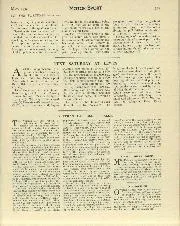
NEXT SATURDAY AT LEWES
NEXT SATURDAY AT LEWES. AVERY comprehensive programme has been drawn up by the Kent and Sussex Light Car Club for their Speed Trials which are to be run off at…
Formula 1 has always been a playground for the rich. Long before the current era of corporate billionaires, fans were entertained by aristocratic racers such as Prince Bira of Siam and Wolfgang von Trips, or playboy heirs like Revlon’s Peter Revson. But modern F1 seems to be attracting more of the ultra-wealthy than ever before and, as Motor Sport’s first ever F1 rich list shows, having a billion dollars in the bank won’t even get you into the top 10.
The list is about more than simple voyeurism, peering into people’s private businesses. The money that is listed here has had a direct impact on grand prix racing. Whether this is for better or worse is a discussion that can be had at another time, but the effect of multi-million dollar investments on the sport has ensured that it is a world away from the less glitzy days of a generation ago. So who holds the purse strings – and where did all the money come from?
There are 11 billionaires directly involved in the series at present, from Red Bull linchpins like Chalerm Yoovidhya and Dietrich Mateschitz, to John Malone – the boss of F1’s owner Liberty Media. All bases of the sport are covered.
Bernie Ecclestone may be the first name that springs to mind for many people when they think of F1 billionaires, the sport’s former supremo is in the reckoning here, and is certainly also in with a shout for the title of ‘richest F1 driver’ due to his unsuccessful attempts to qualify for both the 1958 Monaco and British grands prix.
The richest man ever to qualify for a Formula 1 race, pasta heir Paolo Barilla, doesn’t make the list despite his reported billion-dollar fortune, as the focus is only on people currently involved. So Ecclestone, who is still F1’s chairman emeritus, makes the grade, but famous figures such as Ron Dennis, Paddy McNally, Roger Penske or Michael Schumacher do not because they no longer have active F1 roles.
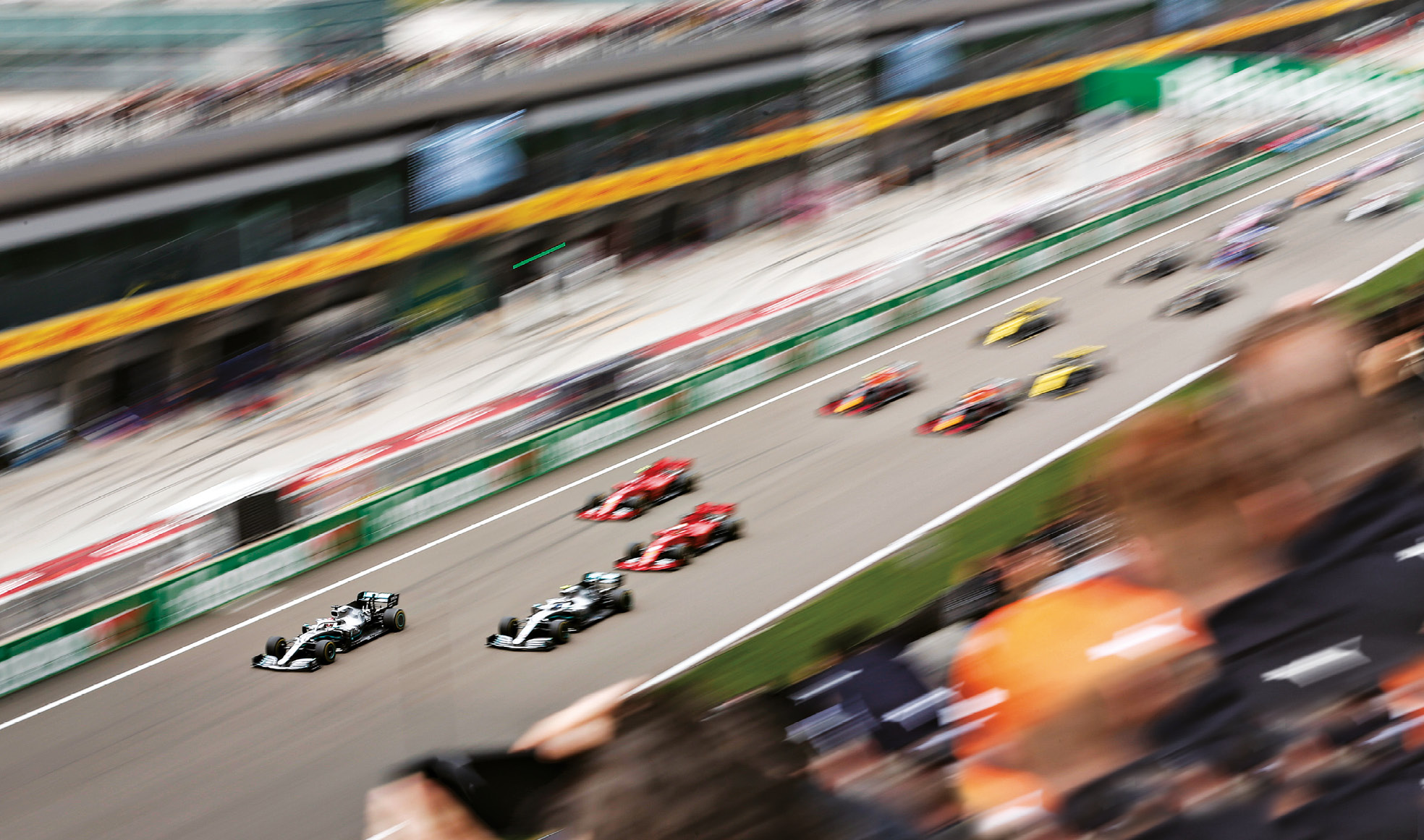
The line-up covers drivers, team owners, circuit bosses and executives from across F1, but only includes those with a current involvement. Indirect team owners who are rarely seen at the races are discounted, so Yoovidhya – who often attends grands prix wearing a Red Bull Racing team shirt – is included, but H&M retail tycoon Stefan Persson, who ultimately owns a stake in the Alfa Romeo Sauber team but rarely attends the races, is not.
The figures are estimates based on extensive research gathered by the authors for their Formula Money F1 business reports. They cover sources including company documents, local and specialist news reports plus the authors’ own archives valuing team acquisitions and driver salaries.
Family wealth is given in cases where it is not possible accurately to divide it between closely related individuals.
The list does not include the bosses of sponsors, as their F1 involvement is indirect, or famous racing fans. So even though they are regulars in the paddock, billionaire Cirque du Soleil founder Guy Laliberté and the world’s fifth richest man Carlos Slim do not appear.
At $350 million, the entrance bar is set so high that the list does not include several famous faces – Sir Jackie Stewart and Sir Frank Williams are not wealthy enough to make the grade, for instance – although, unsurprisingly, several team owners do feature in the rankings.
Of course, some modern drivers also make the cut, thanks to huge wage packets combined with lucrative sponsorship deals combining into a few hefty personal fortunes. There are currently no women on the list, except where they are included in family wealth.
Perhaps surprisingly the most common nationality on the list is American. It might be an early sign of the direction in which the sport is heading under Liberty Media as it expands its reach into fresh territories.
Age: 39 Nationality: Finnish
At the age of 39 and with the 2007 world championship to his name, Kimi Räikkönen is the most experienced driver on the grid and has a record most of his rivals will never come close to matching. The Finn is a cult figure among F1 fans due to his laid-back style, which has spawned an array of merchandise including a book of haiku and mugs featuring his famous words “Leave me alone. I know what I’m doing.” He used to have an apartment in Monaco but has since swapped it for a $19 million family home in Finland – the most expensive in the country.
Age: 31 Nationality: German
Four times world champion Sebastian Vettel might not have the celebrity lifestyle of counterparts Kimi Räikkönen and Lewis Hamilton, but
his enviable track record has given him a comparable fortune. Paid an estimated $40 million annually by Ferrari, he is the second highest-earning driver on the grid after Hamilton. He guards his private life tightly and, unlike most drivers, has no social media accounts. He prefers to live away from the razzmatazz in a spacious farmhouse in the remote Swiss countryside.
Age: 37 Nationality: Spanish
Double world champion Fernando Alonso was the highest-paid driver in history during his time at Ferrari, commanding a salary estimated at $40 million a year. It hasn’t always been so easy for the Spaniard, who started his career with perennial backmarker Minardi in 2001 – albeit under the guidance of influential manager Flavio Briatore. He has invested some of his fortune in business ventures such as the Kimoa clothing line – a current McLaren sponsor – a karting complex in Spain, and his own esports team, although a cycling team he backed failed to get out of the blocks. He owns a luxury condo in a Dubai skyscraper, where apartments sell for up to $16 million.
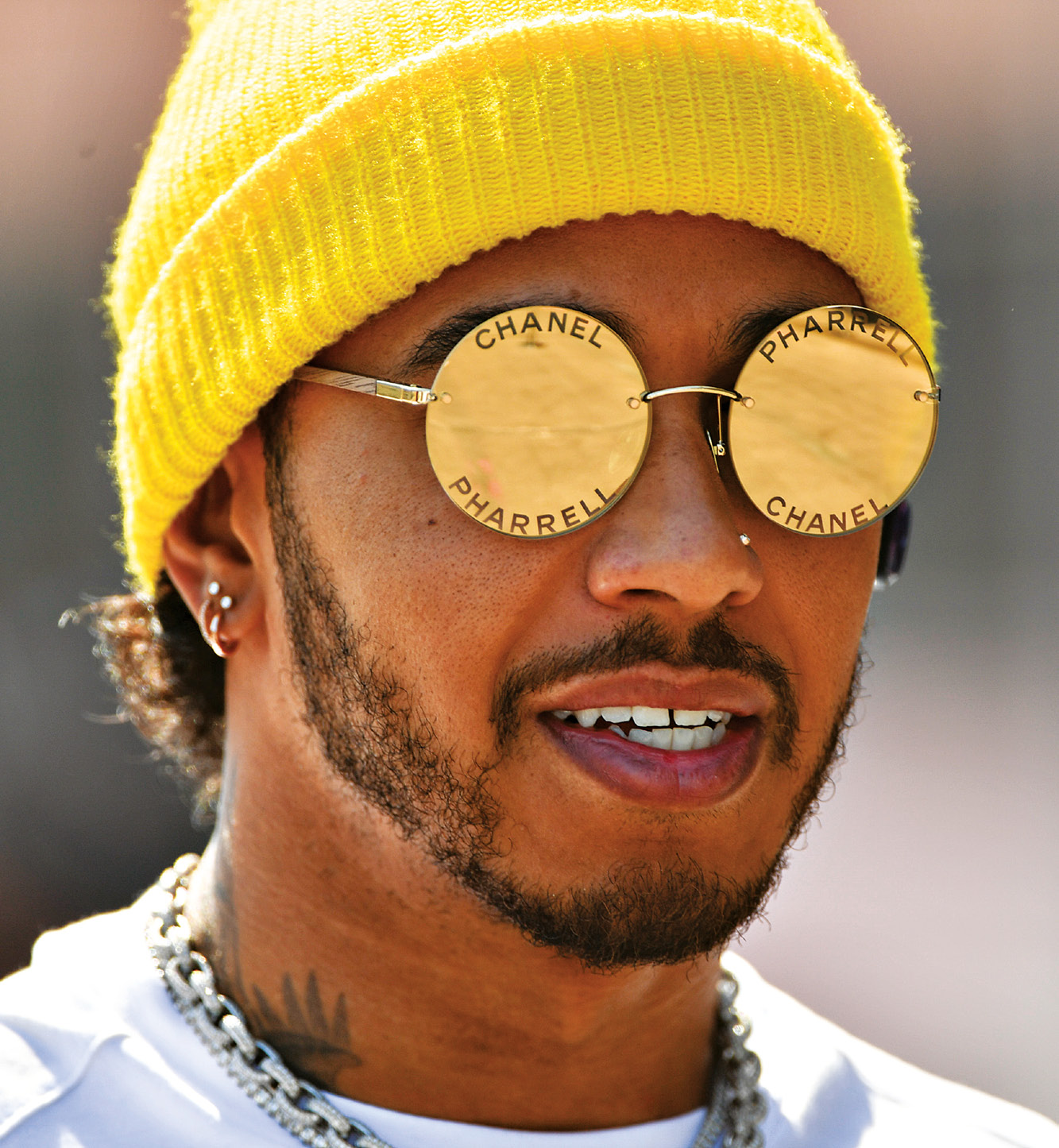
Age: 34 Nationality: British
With an estimated salary of $50 million plus bonuses, this year Lewis Hamilton has finally surpassed Michael Schumacher as the highest-paid driver in the history of Formula 1. With more than half a billion dollars in the bank he is the richest current driver on the list and, with five world championships in his trophy cabinet, there is good reason.
His rise to F1 stardom is the stuff of legend. Picked up by McLaren’s Ron Dennis as a young kart racer, he was brought up through the team’s junior programme and made his grand prix debut in 2007 before becoming world champion a year later. Starting out on a pay packet estimated at about half a million pounds, he hit the mega pay league in 2016 when his $50 million from Mercedes became a new record for the sport.
Hamilton is a famous face even to non-F1 fans and is known as much for how he spends his money as how he earns it. Often seen hanging out with celebrity friends such as Rihanna and Justin Bieber, he owns a $26 million Bombardier jet and two $40 million Manhattan penthouses. Other luxury acquisitions include Prince’s gold Fender Stratocaster, for which he paid $78,000.
Age: 58 Nationality: American
John Malone’s right-hand man Greg Maffei is not only one of the richest men in F1 but also one of the most powerful. Maffei was the chief financial officer of Microsoft before he joined Liberty Media in 2005 and has also been a company director for Starbucks. Most of his vast fortune has come from salaries and bonuses. In 2012 he was the third highest-paid chief executive in the United States, with total pay of $391 million. He is a big supporter of the Republican party and donated $250,000 to Donald Trump’s inauguration celebrations.
Age: 59 Nationality: American
John D Idol was CEO of Donna Karan before he put $100 million into fashion brand Michael Kors in 2003 – an investment that has paid
back four times over. He remains the company’s chairman and chief executive and is said to have been instrumental in its success. Last year he masterminded Michael Kors’ $2.1 billion purchase of Versace, following on from its $1.2 billion acquisition of Jimmy Choo. It has made Idol one of the biggest forces in world fashion and his fortune is likely to grow over the next few years.
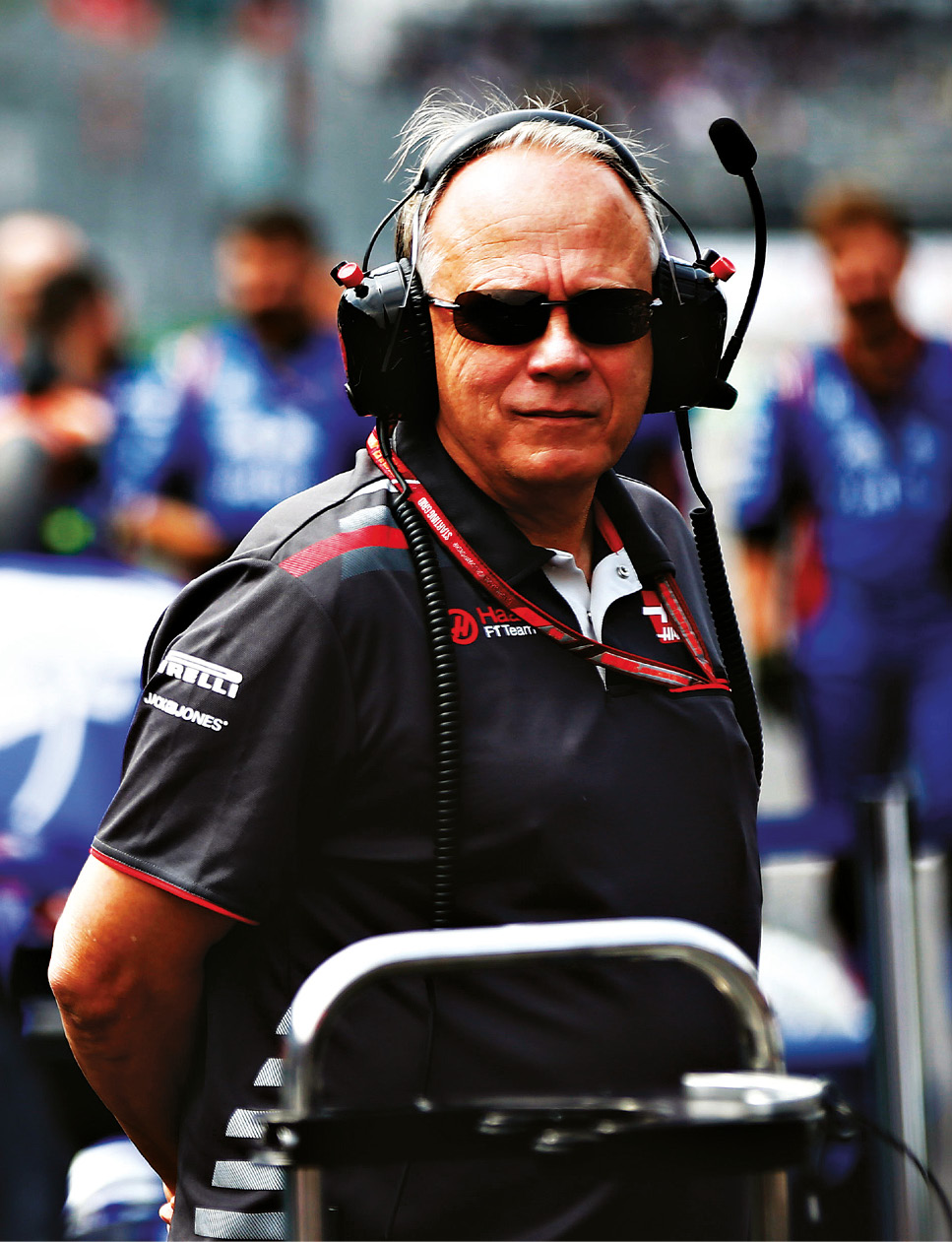
Age: 66 Nationality: American
Given the relatively poor track record of American teams in Formula 1, many onlookers were sceptical when the Haas team got the green light to enter the championship, in 2016. Since then Gene Haas has proved them wrong and with a fifth place in its third championship in 2018, his squad is the most successful completely new F1 team for 20 years.
In 1980 Gene Haas set up engineering company Haas Automation with just two employees, but now it has annual sales of more than a billion dollars. After sponsoring NASCAR teams for several years, he launched his own stock car team in 2002, which became Stewart-Haas in 2009 when American megastar Tony Stewart invested in the operation. Haas has steered the team to two NASCAR Cup titles and dozens of race wins.
He launched his F1 team with the aim of building the profile of Haas Automation internationally. The company already has a 50 per cent share of the CNC tool market in the US and he wants to expand around the world by marketing its links with F1’s space-age engineering feats. Haas is a big supporter of charities for sick and disadvantaged children and in 2001 set up the Gene Haas Foundation to raise money for good causes.
Age: 68 Nationality: American
John McCaw Jr has been a team owner for less than a year, but he has long-standing motor sport connections. Like fellow Racing Point
investor Lawrence Stroll, he is an avid Ferrari collector and in 1998 spent $40 million buying eight Ferrari road cars from none other than Bernie Ecclestone. The collection includes a $10 million 330 P4. McCaw made his fortune in telecoms and, with his brother Craig, he built his father’s cable business into early mobile phone operator McCaw Cellular, which in 1993 was sold to AT&T for $11.5 billion.
Age: 62 Nationality: Canadian
André Desmarais has been around the rich and the powerful for most of his life. His father Paul took control of Montréal-based investment company Power Corporation in 1968 and, through a series of strategic manoeuvres, became the richest man in Canada. On his death in 2013 the fortune was divided, with André getting a significant stake. He and his brother Paul Jr are currently Power’s co-chief executives and he is known for his philanthropy, funding university scholarships and other local charities.
Age: 66 Nationality: Saudi Arabian/French
Son of the legendary Saudi arms trader Akram Ojjeh, Mansour and brother Abdulaziz own 14.7 per cent of McLaren through their TAG Group. Mansour became an F1 fan after visiting the 1978 Monaco GP as a guest of Williams. He subsequently sponsored the team before moving to McLaren, where he took a stake in 1984. Outside F1 he was the mastermind behind the rise of TAG Heuer, which he sold in 1999 for $800 million. He owns a $110-million Californian ranch and is often pictured hanging out with high-profile friends.
Age: 57 Nationality: Canadian
When Michael Latifi’s investment company Nidala bought a 10 per cent stake in the McLaren Group for $260 million last year, it drew attention to a businessman who had previously kept under the radar. Born in Iran, Latifi moved to Canada as a child and eventually set up a food processing empire. Latifi is known in Canada for his Sofina Foundation, which hosts a prestigious annual charity golf tournament. The precise size of Latifi’s fortune is hard to pinpoint, but educated estimates indicate that he is likely to be worth at least $2 billion.
Age: 75 Nationality: Singaporean
Ong Beng Seng – or OBS as he is known in F1 circles – made his name in Singapore property, so he was the perfect backer for the city state’s GP when it joined the calendar in 2008. F1 brings about 80,000 people each year to Singapore and many of them stay in Ong’s hotels, eat in his restaurants and shop in his luxury goods stores. His wife Christina is an oil heiress, known as the Queen of Bond Street, who owns a stake in luxury leather goods brand Mulberry. Their other assets include Singapore’s Ferrari dealership and the Hard Rock Hotel in Bali.
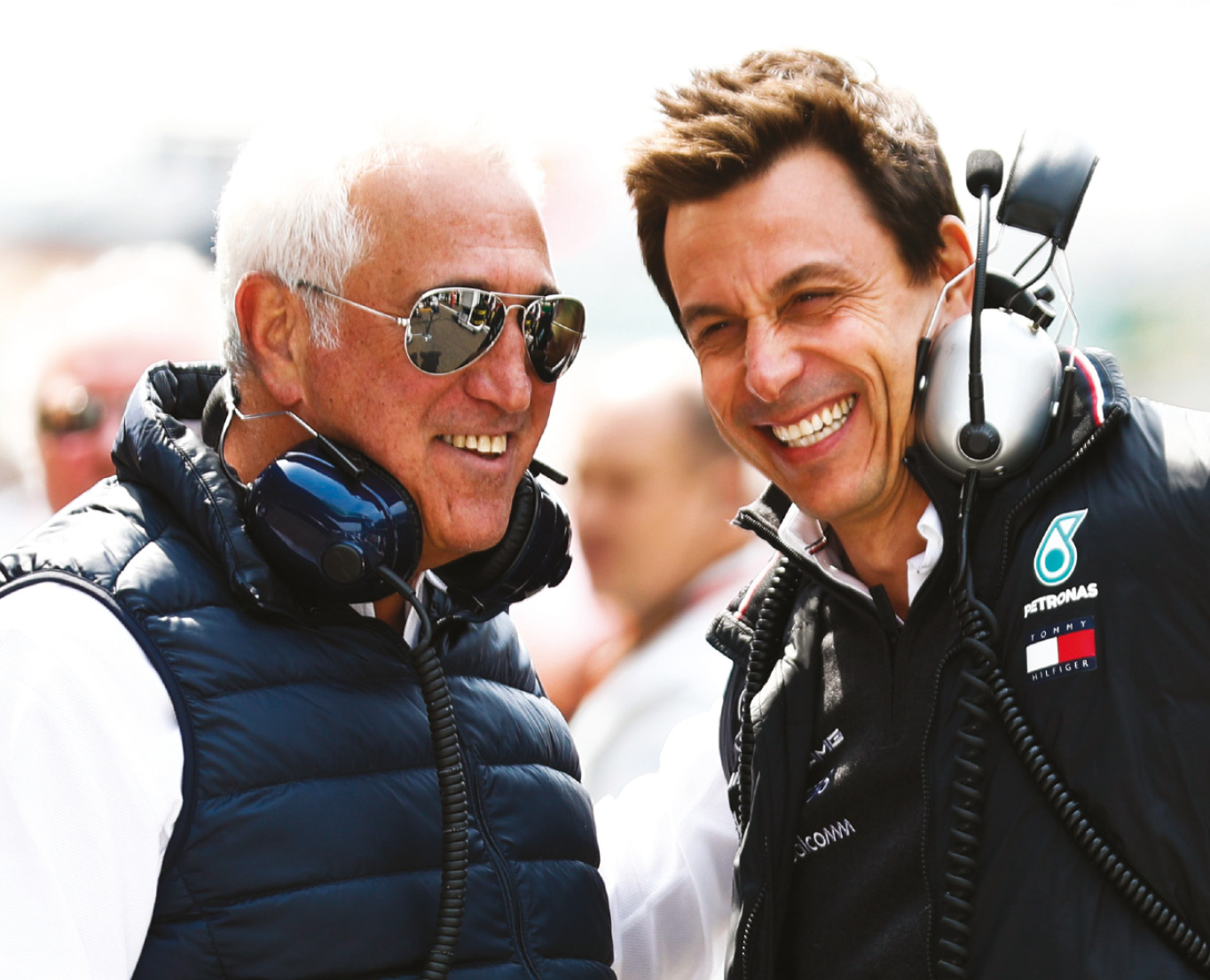
Age: 59 Nationality: Canadian
As one of the world’s richest F1 fans, it was almost inevitable that Lawrence Stroll would eventually become the owner of a team. His motor sport history dates back long before he bought into Force India last summer – and before his son Lance joined Williams the year before. As a young man, Stroll took over his father’s management of the Pierre Cardin licence in Canada before he won the highly lucrative rights to market Ralph Lauren in Europe. He subsequently invested in Tommy Hilfiger and Michael Kors, building both brands from obscure labels into global icons. An amateur racer and owner of Quebec’s Circuit Mont-Tremblant, Stroll funded his son’s racing career before leading the consortium that bought the former Force India team for $120 million last year. It was the culmination of a lifelong ambition. Stroll’s business interests have helped fuel his love of cars. He has a vast collection of classics including a Ferrari 250 GTO and a rare 1967 Ferrari 275 GTB/4S NART Spider, which he bought for $27.5 million. He is also the proud owner of a $200 million yacht that has a glass-bottomed swimming pool.
Age: 73 Nationality: Hong Kong
Lawrence Stroll may be the most prominent Racing Point shareholder, but he isn’t the richest. That honour goes to his business partner, textiles tycoon Silas Chou. One of the most powerful men in fashion, with a network of mills, factories and design studios across Asia, Chou reportedly made a $1.3 billion profit from selling his stake in Michael Kors in 2014 and another $500 million from selling the Chinese licensing rights to the fashion brand back to its parent. He has worked with Stroll since they invested in Tommy Hilfiger together in 1989.
Age: 73 Nationality: Italian
The only surviving son of Enzo Ferrari, Piero Ferrari has a 10 per cent stake in the car company and owns 13 per cent of shipbuilder Ferretti. Piero’s mother was Enzo’s mistress, Lina Lardi, and his father did not publicly acknowledge him until the death of his wife Laura in 1978. Piero had been working incognito at Ferrari for several years by then. He inherited from his father a love of engineering and worked for the road car division of the car company before joining the racing department in the mid 1970s.
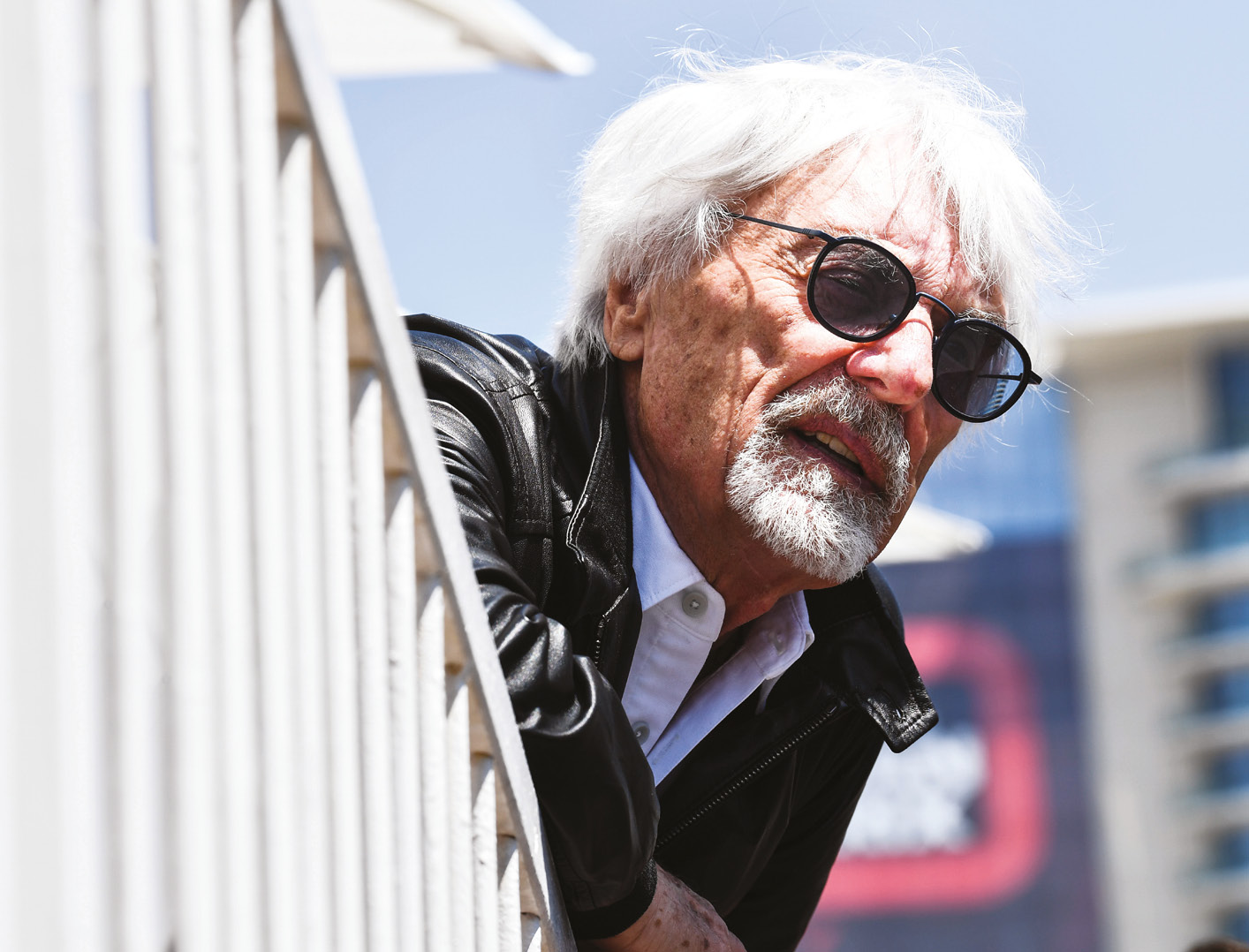
Age: 88 Nationality: British
Bernie Ecclestone might not rule Formula 1 any more, but he remains one of the richest people involved in the sport. The son of a trawlerman, Ecclestone worked his way up from market trader to owner of one of the UK’s biggest car dealerships before he turned his sights on F1.
After a spell as a driver manager, with Stuart Lewis-Evans and later Jochen Rindt, he took over Brabham ahead of the 1972 season and quickly became the driving force in the F1 teams’ commercial struggles against the FIA. His masterstroke came in 1981, when he engineered the signing of the first Concorde Agreement, the document that committed all the teams to race and made it easier to sell F1 as a product to TV stations around the world.
By 1995 he had become the world’s highest-paid executive with a salary of $85 million and, at the end of the same year, he was awarded full control of F1’s commercial rights operations by the FIA. Over the following two decades he sold stakes in his rights-holding companies, enabling his family to cash out to the tune of more than $4 billion. During his time in the sport he has done deals estimated to be worth almost $25 billion.
When Liberty Media bought F1’s commercial rights from CVC in 2017, Ecclestone exited his role as chief executive but continues as chairman emeritus. Unlike many billionaires, he doesn’t have an extravagant lifestyle. He lives in an apartment above his Knightsbridge office and has the milkman deliver direct to his door. He is rumoured to go around his home switching off lights in empty rooms, to save on electricity.
Age: 63 Nationality: Swedish
Reclusive Finn Rausing sits on the board of Alfa Romeo Sauber’s mysterious parent company Islero Investments, after he led a consortium of wealthy Swedes in the acquisition of the team in 2016. He is most famous as a member of the family that owns Tetra Laval, the world’s largest food packaging company, which made its fortune from a patent on the foldable cardboard cartons commonly used for milk and orange juice. Rausing grew up at a time when Jo Bonnier was making a name for Sweden in Formula 1 and his passion for motor sport has never left him.
Age: 78 Nationality: American
Liberty Media founder John Malone is rarely seen in the paddock, despite his company’s purchase of F1 in early 2017. But although unfamiliar to many F1 fans, he is well known in the world of business – and for good reason. As well as heading up Liberty, he is the United States’ largest landowner with 2.2 million acres, including more than five per cent of the state of Maine.
Malone’s big break came in 1973 when he rescued US TV channel TCI from bankruptcy. Within just eight years he had turned it into the biggest cable operator in the country. He launched Liberty Media in 1991 as a division of TCI, which held the company’s least successful ventures. However, it soon became the most important part of the business. Today the Liberty empire owns stakes not only in F1 but also in companies such as Virgin Media, ITV, the TripAdvisor travel website and the Atlanta Braves baseball team.
Malone also owns four hotels and a castle in Ireland, the home of his ancestors, as well as a string of ranches in the States (including a 290,000-acre New Mexico facility). He has been called both the ‘Cable Cowboy’ and ‘Darth Vader’, a nickname given to him by Al Gore.

Age: 74 Nationality: Austrian
Age: 68 Nationality: Thai
It’s more than 30 years since Red Bull was first seen in Formula 1, when the then-unknown energy drink brand negotiated a small sponsorship deal with Gerhard Berger. Times have changed since then and Red Bull today sells almost seven billion cans worldwide each year, making founder Dietrich Mateschitz and his business partner’s son, Chalerm Yoovidhya, the richest people in grand prix racing.
With an estimated wealth of $22 billion, Yoovidhya and his relatives are the richer half of the partnership. They own 51 per cent of Red Bull plus a majority stake in the drink’s lucrative Chinese operations, as well as other assets including a pharmaceuticals company. It was Chalerm’s father Chaleo who invented the formula for the popular drink and made it a success in his homeland.
On a visit to Thailand in 1987, Mateschitz tasted the drink and approached Yoovidhya Sr with a plan to market it worldwide. They each took 49 per cent of the company, with 2 per cent given to young Chalerm, who inherited the rest with his close relatives upon his father’s death in 2012. The Yoovidhya fortune has not helped the family avoid controversy. Chalerm’s son Vorayuth is currently on the run from Interpol over a
fatal hit-and-run accident.
Mateschitz, the brains behind Red Bull’s striking extreme sports marketing campaigns, is the more familiar face to F1 fans. He owns an island in Fiji and a large collection of vintage planes, which are displayed at Red Bull’s state of the art Hangar-7 complex in Austria.